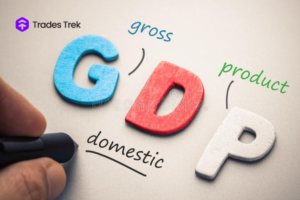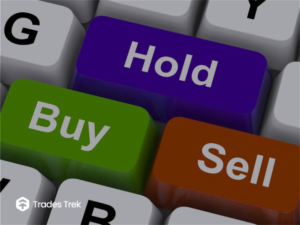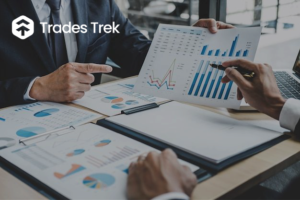When you step into the world of stock trading, you’ll encounter several key terms that may seem confusing at first.
Among them are “bid” and “ask” prices. These prices play a significant role in determining the cost of buying or selling stocks, impacting your trading decisions. In this guide, we will break down what bid and ask prices mean, how they’re determined, and how you can use them to make smarter trades.
What Is Bid Price?
The bid price is the highest price a buyer is willing to pay for a stock. Think of it as the amount you are prepared to offer when you want to buy a stock. In trading terms, the bid price represents demand. If you’re selling a stock, you’ll look at the bid price to see the best offer available from potential buyers.
What Is Ask Price?
The ask price, sometimes known as the “offer price,” is the lowest price a seller is willing to accept for a stock. It represents the supply side of the market. If you’re looking to buy a stock, you’ll pay attention to the ask price to understand the lowest price sellers are willing to take.
Understanding the Bid-Ask Spread
The difference between the bid and ask price is called the spread. The bid-ask spread indicates the liquidity of a stock, which refers to how easily a stock can be bought or sold. A small bid-ask spread means there is a high level of trading activity and more agreement between buyers and sellers on the stock’s value. A larger spread can suggest lower trading volume or a higher difference of opinion on the stock’s worth.
How Are the Bid and Ask Prices Determined?
Bid and ask prices aren’t set by a single individual or entity. They are the result of market forces, a dynamic interaction between buyers and sellers. Here’s what influences them:
- Supply and Demand: The more people want to buy stock, the higher the bid prices tend to be. Conversely, if more people want to sell, ask prices might be lower.
- Market Conditions: In times of market volatility, spreads can widen as uncertainty affects buyer and seller confidence.
- Trading Volume: High trading volume often results in a smaller spread since there are enough buyers and sellers to quickly match trades.
- News and Events: Company earnings reports, industry news, and geopolitical events can all impact bid and ask prices by affecting investor sentiment.
How to use Bid and Ask Prices to Trade?
Understanding bid and ask prices is critical to making smart trades. Here’s how you can use these prices to your advantage:
- Buy at the Best Possible Price: When buying, you aim to pay the ask price. In a competitive market, you might place a limit order to specify the maximum price you’re willing to pay. This way, you have control over how much you’re spending.
- Sell Smartly: When selling, you target the bid price. By placing a limit order, you ensure that you don’t sell for less than your target price. In a simulated trading environment, practicing these strategies helps you develop a sense of market trends.
- Use Market Orders for Quick Trade: If you’re eager to complete a trade quickly, a market order allows you to buy at the current ask price or sell at the current bid price. This can be beneficial if the stock is in high demand or if you expect quick price changes.
How to use a stock-trading simulator to understand bid and ask prices
Here are a few extra tips to help you navigate bid and ask prices as a beginner:
- Start Small: In your simulated trading, start with small trades to understand how bid and ask prices react to different market conditions.
- Observe Trends: Use the trading simulator to observe how the spread changes during volatile market periods versus stable ones.
- Practice Patience: Don’t rush to buy or sell just because the bid or ask looks favourable. Use the simulator to develop patience and a strategy that suits your trading style.
Conclusion
Understanding bid and ask prices gives you a clearer picture of how the market operates. It’s not just about knowing the terms but also about understanding what they imply for your trades. As a beginner on the Nigerian stock market, you can utilize the Trades Trek stock-trading simulator to refine your skills, experiment with strategies, and build your confidence before engaging in live trading.
By familiarizing yourself with bid and ask prices, you’ll be better equipped to navigate the stock market, making more informed and strategic decisions along the way.




